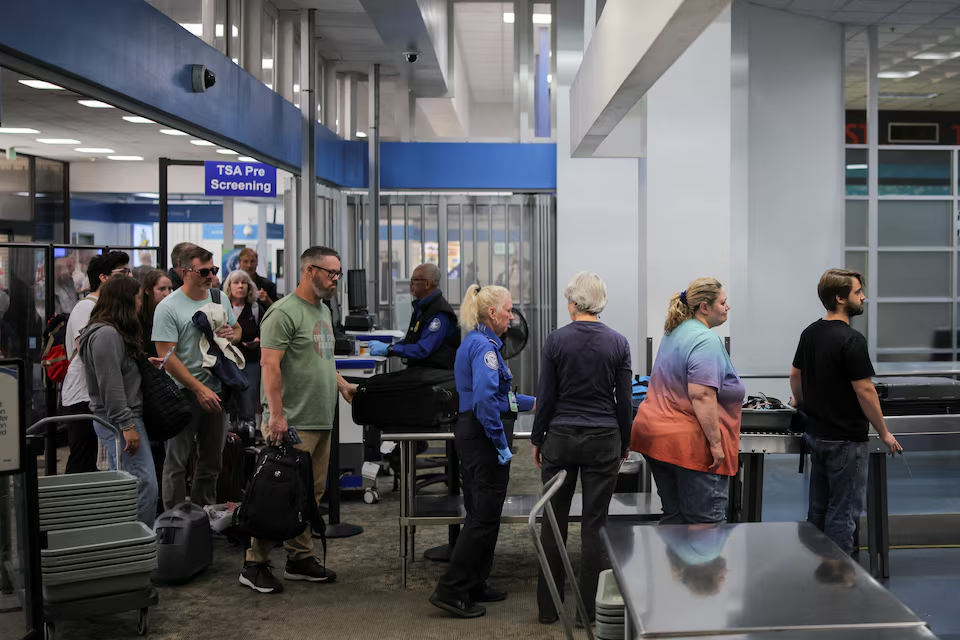News
U.S. Expands Facial Recognition at Borders to Track Non-Citizens

The United States plans to expand the use of facial recognition technology to track non-citizens entering and leaving the country in an effort to curb visa overstays and passport fraud, according to a government document published on Friday.
A new regulation will authorize U.S. border authorities to photograph non-citizens at airports, seaports, land crossings, and other departure points—broadening an existing pilot program.
Under the rule, set to take effect on December 26, U.S. officials may also require the collection of other biometric data such as fingerprints or DNA. The regulation further allows border authorities to use facial recognition on children under 14 and adults over 79, groups that are currently exempt from the requirement.
The tighter border rules reflect President Donald Trump’s broader push to curb illegal immigration. The Republican president has increased resources to secure the U.S.-Mexico border and has taken steps to reduce the number of people who remain in the country after their visas expire.
However, the growing use of facial recognition at U.S. airports has drawn privacy concerns from watchdog groups, who warn about excessive data collection and potential inaccuracies. A 2024 U.S. Commission on Civil Rights report noted that tests found the technology more likely to misidentify Black individuals and other minority groups.
According to a 2023 Congressional Research Service estimate, about 42% of the roughly 11 million undocumented immigrants living in the U.S. at the time had overstayed their visas.
Congress first mandated the creation of an automated entry-exit tracking system in 1996, but it has never been fully implemented.
The regulation notes that U.S. Customs and Border Protection (CBP) already uses facial recognition for all commercial air entries, though it currently records departures at only a limited number of locations. CBP estimates that a comprehensive biometric entry-exit system could be deployed across all commercial airports and seaports within three to five years.
